The Intricate World of Gears and Shafts in Machinery
In the mechanical engineering domain, a plethora of components work in harmony to ensure the smooth operation of various machines. Among these crucial elements, gears and shafts play a vital role. Components like drive gear, reduction gear, hollow shaft, helical gears, and those specific to rice processing machinery, such as rice machine gear and rice gear, are integral to the functionality and efficiency of different mechanical systems. Each of these components has unique characteristics and applications that contribute to the overall performance of the machinery they are a part of.
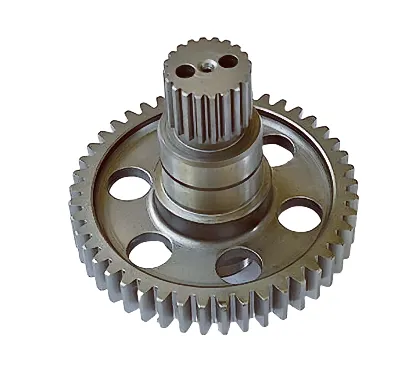
The Power - Transmitting Drive Gear
In any mechanical system that requires the transfer of rotational energy, the drive gear stands as a key player. It is typically connected to the power source, such as an electric motor or an engine. The drive gear initiates the motion transfer process by meshing with other gears in the system. For example, in a car's transmission system, the drive gear connected to the engine starts the sequence of gear - to - gear power transfer. Its design, including the number of teeth, tooth profile, and material, is carefully engineered to handle the torque and rotational speed generated by the power source. High - quality drive gears are often made from durable materials like hardened steel to withstand the constant stress and friction during operation, ensuring reliable power transmission to subsequent components in the mechanical chain.
Reduction Gears: Transforming Speed and Torque
Reduction gears serve a critical function in mechanical systems where a change in rotational speed and torque is required. These gears are designed to decrease the rotational speed of the input while increasing the torque output. This is particularly useful in applications such as industrial machinery, where high torque at a lower speed is needed to perform heavy - duty tasks. In a construction crane, for instance, reduction gears are employed to slow down the rotational speed of the motor - driven mechanism while boosting the torque. This allows the crane to lift heavy loads with precision and stability. Reduction gears can be configured in various ways, such as in a simple single - stage setup or a more complex multi - stage arrangement, depending on the specific requirements of the mechanical system in terms of the degree of speed reduction and torque amplification.
The Versatile Hollow Shaft
Hollow shafts offer unique advantages in mechanical designs. Unlike solid shafts, their hollow structure reduces the overall weight of the component without sacrificing much of its strength. This weight reduction is especially beneficial in applications where minimizing inertia is crucial, such as in high - speed rotating machinery. In addition, the hollow space within the shaft can be used to house other components, like cables, pipes, or smaller shafts, enabling a more compact and organized mechanical design. For example, in some robotic arms, hollow shafts are used to route electrical wires and hydraulic hoses, keeping the internal layout clean and facilitating easier maintenance. The material selection for hollow shafts, often including alloys like aluminum or steel, depends on the application's load - bearing requirements and environmental conditions to ensure long - term durability and reliable performance.
The Efficiency of Helical Gears
Helical gears are renowned for their smooth and efficient operation. Unlike spur gears, which have straight teeth, helical gears have teeth that are cut at an angle. This angled tooth design results in a gradual engagement between mating gears, reducing noise and vibration during operation. The continuous contact between the teeth also distributes the load more evenly, increasing the gear's lifespan and improving power transmission efficiency. Helical gears are widely used in a variety of applications, from automotive transmissions to industrial gearboxes. In a wind turbine gearbox, for example, helical gears are employed to transfer the high - torque, low - speed rotation from the turbine blades to the generator, converting the mechanical energy into electrical energy with minimal loss and wear.
Gears Specific to Rice Machinery
In the agricultural and food processing sectors, rice machine gear and rice gear are essential for the efficient operation of rice processing equipment. These gears are designed to handle the specific demands of rice milling, threshing, and other related processes. For instance, in a rice thresher, the gears need to withstand the impact and friction generated during the separation of rice grains from the stalks. They are often made with robust materials and precise tooth profiles to ensure reliable and consistent performance over long operating hours. Similarly, in rice milling machines, the gears play a crucial role in driving the various components that remove the husk, bran, and polish the rice grains. Their design and quality directly impact the quality and yield of the final rice product, making them a key component in the rice processing industry.
FAQs about Gears and Shafts
How to Select the Right Drive Gear for a Mechanical System?
Selecting the appropriate drive gear involves considering several factors. First, determine the power output and rotational speed of the power source. The drive gear should be able to handle this input without failure. Next, consider the gear ratio requirements of the overall mechanical system. This will dictate the size and number of teeth of the drive gear needed to achieve the desired output speed and torque. Additionally, the material of the drive gear is crucial. For high - stress applications, materials like hardened steel or alloy steels are preferred for their durability and strength. Finally, take into account the environmental conditions in which the gear will operate, such as temperature, humidity, and exposure to corrosive substances, to ensure the gear's longevity.
What Maintenance is Required for Reduction Gears?
Regular maintenance of reduction gears is essential to ensure their optimal performance. This includes periodic inspection for signs of wear, such as tooth chipping or excessive backlash. Lubrication is crucial; use the recommended lubricant and change it at the specified intervals to reduce friction and prevent overheating. Check for any misalignment between the gears, as this can cause uneven wear and decreased efficiency. In addition, monitor the temperature of the gearbox housing during operation, as abnormal heating may indicate a problem, such as insufficient lubrication or excessive load. Regularly tightening bolts and fasteners that hold the reduction gear assembly in place also helps maintain its stability and performance.
How Does the Design of a Hollow Shaft Affect Its Performance?
The design of a hollow shaft has a significant impact on its performance. The wall thickness of the hollow shaft affects its strength and weight. A thinner wall reduces weight but may compromise strength if not properly designed. The diameter of the shaft, both the outer and inner diameters, influences its torsional rigidity and ability to transmit torque. A larger outer diameter generally provides higher torque - transmitting capacity, while the inner diameter determines the space available for housing other components. The shape of the cross - section, whether circular or non - circular, can also affect the shaft's performance in terms of stress distribution and resistance to deformation. Additionally, the surface finish of the shaft impacts its friction characteristics and wear resistance, with a smoother surface reducing friction and extending the shaft's lifespan.
What Are the Advantages of Helical Gears over Other Gear Types?
Helical gears offer several advantages compared to other gear types. Their angled tooth design results in a smoother and quieter operation due to the gradual engagement between mating teeth. This makes them suitable for applications where noise reduction is a priority, such as in precision machinery or residential appliances. The distributed load across multiple teeth in helical gears also increases their load - carrying capacity and durability, reducing the risk of premature wear and failure. They can transmit more power efficiently compared to spur gears, making them ideal for high - power applications. Moreover, helical gears can be used in both parallel - shaft and crossed - shaft arrangements, providing more flexibility in mechanical design compared to some other gear types.
How Can Rice Machine Gears Be Optimized for Better Performance?
To optimize the performance of rice machine gear and rice gear, several aspects can be considered. First, choose the right material based on the specific operating conditions of the rice processing equipment. For example, in high - humidity environments, corrosion - resistant materials may be necessary. Second, ensure precise manufacturing and machining of the gears to achieve accurate tooth profiles and proper meshing. This reduces friction and wear, improving the gear's efficiency and lifespan. Regular maintenance, including cleaning, lubrication, and inspection for wear, is crucial. Additionally, optimizing the gear ratio of the rice machine can enhance the overall performance, ensuring that the equipment operates at its most efficient speed for different stages of rice processing. Finally, consider using advanced design techniques and simulations to predict and address potential issues before the gears are put into production, leading to more reliable and high - performing rice machine gears.
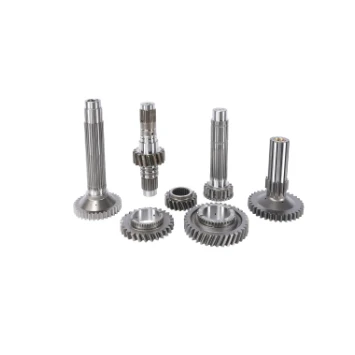
The agricultural and industrial machinery sector is experiencing remarkable growth, and at the heart of this expansion lies the trade and supply of tractors.
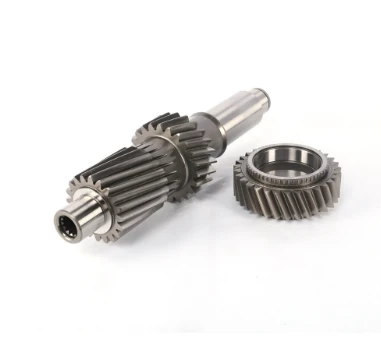
In the world of heavy - duty construction, the seamless operation of machinery is crucial for large - scale projects.
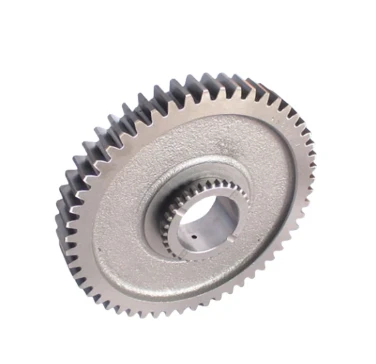
The world of tractors is vast and varied, catering to both practical agricultural needs and the passionate interests of collectors.
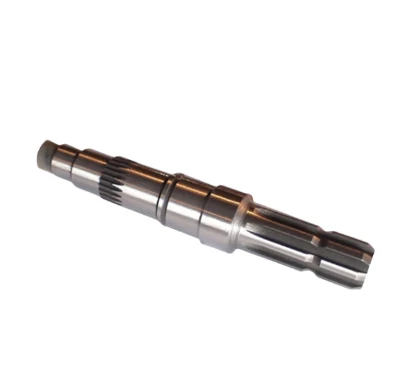
The agricultural and construction machinery landscape is constantly evolving, with tractors standing as essential workhorses for a variety of tasks.
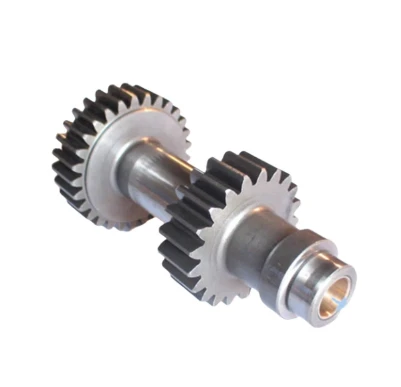
In the intricate world of mechanical engineering, gears are fundamental components that enable the seamless transfer and manipulation of power.
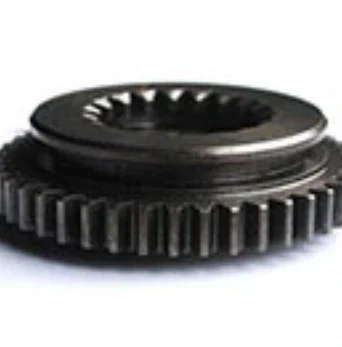
The market for tractors is a bustling hub, catering to a wide range of needs from large - scale farming operations to small - scale gardening projects.
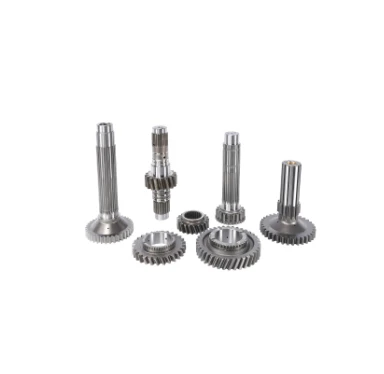
In the dynamic world of farming, machinery has become an essential part of efficient and productive operations.
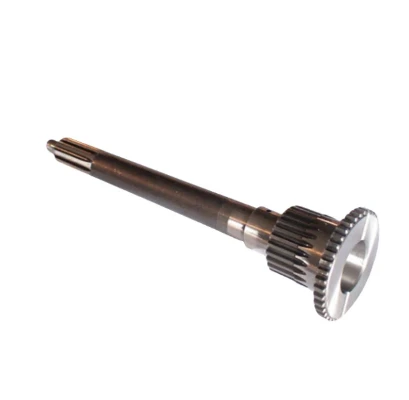
In the expansive realm of agriculture, various tools and machines play crucial roles in ensuring efficient crop production and overall farm management.
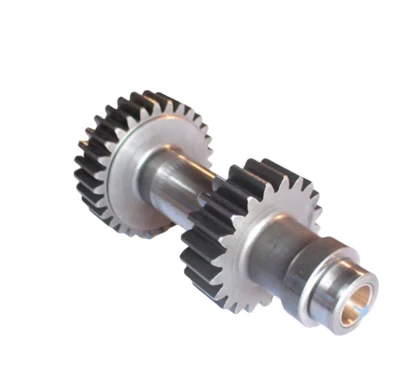
Tractors are essential workhorses in the agricultural and construction sectors, playing a pivotal role in a wide range of tasks.
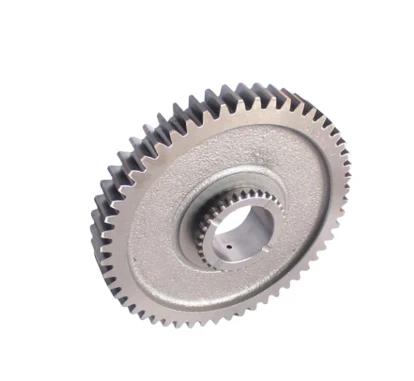
The agricultural and construction sectors rely heavily on tractors for their operations, and the entities involved in the production, distribution, and pricing of these machines shape the industry's trajectory.
International layout
Spread all over the world
our products are exported to various parts of the world. Currently, our products have been exported to more than 40 countries Our products cover Asia, Europe, Africa, South America, North America, and Oceania
Sign up
for Newsletter
Subscribe to the weekly newsletter for all the latest updates







